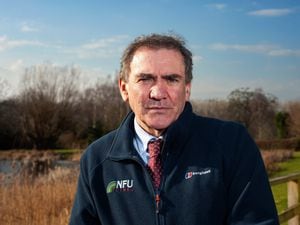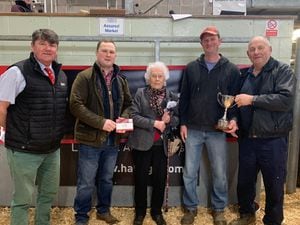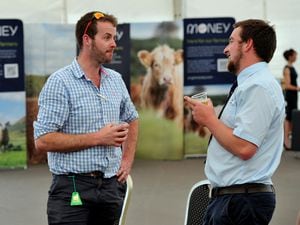Helping pigs keep their cool in summer heat
We’ve just experienced an extended period of hot weather. Well, it is summer after all, and while we may be enjoying it, you need to be aware that your pigs will have been affected by the heat.

So how could these high temperatures have affected them? For lactating sows, the increased temperature will have reduced their appetite and daily feed intake. This might have led to an increased loss of body condition and, potentially, lower piglet weaning weights as milk production can be reduced.
A reduced feed intake from the second week of lactation through to insemination can also affect the quality of developing oocytes, resulting in increased embryo mortality and reduced conception and average herd farrowing rates. Sows are also at risk of losing their litter when experiencing a heat challenge after service, which in turn will lead to an increase in the number of irregular returns.
It’s also worth noting that an AHDB Pork-funded PhD studentship from the University of Leeds has investigated seasonal effects using a large data set from outdoor units. It showed that several days of warm weather during lactation and around weaning resulted in reduced and more variable farrowing rates when compared to cooler temperatures.
It’s interesting to note that it appears that our outdoor sow herd has acclimatised to a lower ambient temperature. This means sows are at risk when temperatures reach just 18C to 20C. This could also apply to our indoor herds where sows are housed in naturally-ventilated buildings.
For boars, the temperature of their testicles is regulated, but the system that does this can only compensate by so much. If the temperature rises too much there will be reduced sperm production and an increase in the occurrence of abnormalities. It’s worth mentioning that a heat challenge can affect sperm quality for up to three months after the period of hot weather – make a note of this on your calendar now!
For most pig producers the main service method is artificial insemination and most purchased AI doses come from centres which are audited by an independent assessor to ensure they are operating in accordance with protocols outlined in the AHDB Pork AI Standard. This places great emphasis on temperature control throughout the whole process, ensuring AI centres are supplying a quality product.
We have a whole host of resources to help you manage heat stress over the summer period on our website pork.ahdb.org.uk and you might want to look out for an ‘AI Storage and Handling’ magnet that we’ll be producing soon to highlight good practices to maintain AI quality once it reaches the farm.
Angela Cliff is AHDB Pork knowledge exchange manager (Central)





